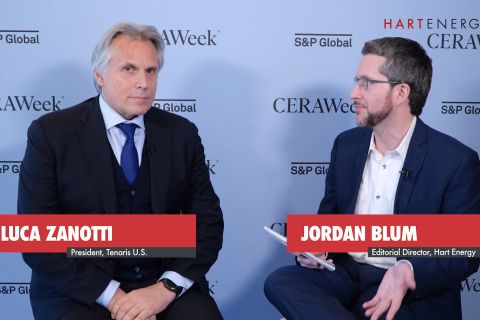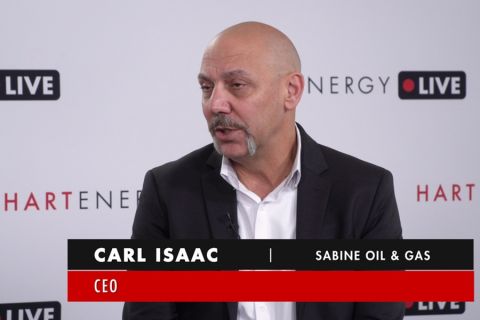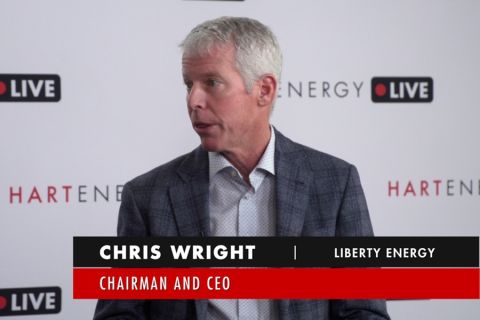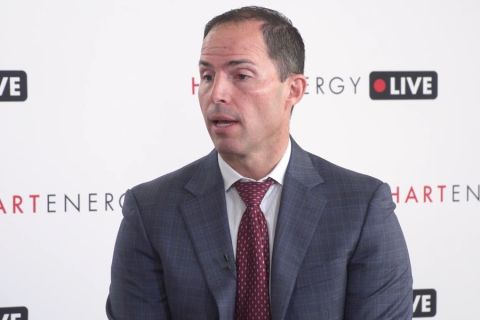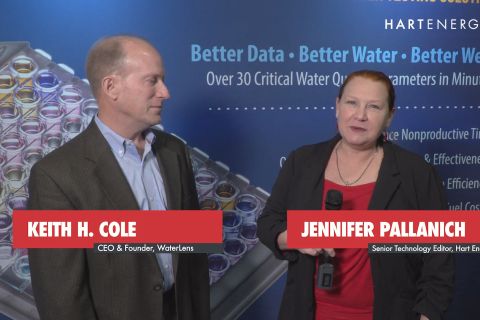Over the course of the 20th century, access to traditional sources of energy has accelerated economic development and human prosperity. However, this has not come without costs. Emissions from fossil fuels are contributing to a changing climate and increasing the risk of environmental and economic disruptions.
Recently, with scientists sounding alarms over the rapid rate of global temperature warming, more attention than ever is being paid by governments, investors, environmental groups and companies to methane emissions and its role in climate change—including the critical role it can play in limiting climate change in the near term. Methane is a potent greenhouse gas (GHG) that has over 80 times the global warming potential of CO₂ over a 20-year period but a significantly shorter lifespan than carbon dioxide, which can linger in the atmosphere for hundreds of years. Hence, cutting methane emissions can have a meaningful and immediately beneficial effect on the climate, and extend the runway that we have available for the energy transition. A number of leading organizations, including the U.N., the Environmental Defense Fund (EDF) and the International Energy Agency (IEA), have identified reducing methane emissions as one of the best and most cost-effective ways to quickly slow the rate of global warming.
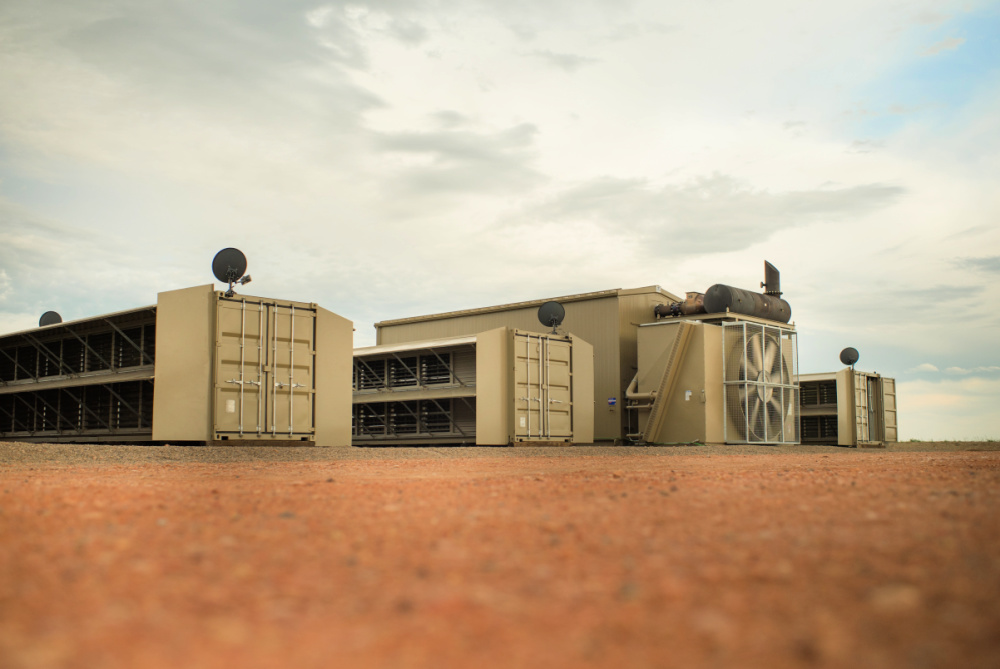
This creates an opportunity for oil and gas companies to reduce their emissions footprint and be a part of the climate solution. In 2021, the sector emitted approximately 80 million tonnes of methane, in part due to flaring caused by infrastructure constraints. Crusoe Energy Systems has pioneered a unique solution that provides oil and gas companies with an effective, reliable, and cost-free alternative to routine flaring by leveraging patented Digital Flare Mitigation® (DFM) systems, a technology that harnesses stranded methane to enable energy-intensive computation. DFM systems are deployed directly to the well site to convert stranded gas into electricity used to power mobile data centers. The data centers support high-performance computing that enables innovation and advancements in areas such as computational biology and artificial intelligence to cure diseases and solve complex problems, as well as cryptocurrency validation.
Thanks to Crusoe’s robust in-house logistics, supply chain, engineering, and operations capabilities, DFM systems can be deployed and commissioned within one week and operated with the highest environmental and safety standards. The DFM data centers achieve up to 99.89% elimination of methane emissions and have an available for service uptime of 97.7%. In comparison, flaring only has an average combustion efficiency of approximately 93%. Because of methane’s potency, by reducing the amount of uncombusted methane by 7%, Crusoe estimates that DFM is able to reduce CO₂-equivalent emissions by about 63% compared to flaring. With more regulatory requirements to limit venting and flaring on the horizon, and investors increasingly interested in companies that are strong ESG performers, partnering with Crusoe to reduce methane emissions is a win-win for operators and for society.
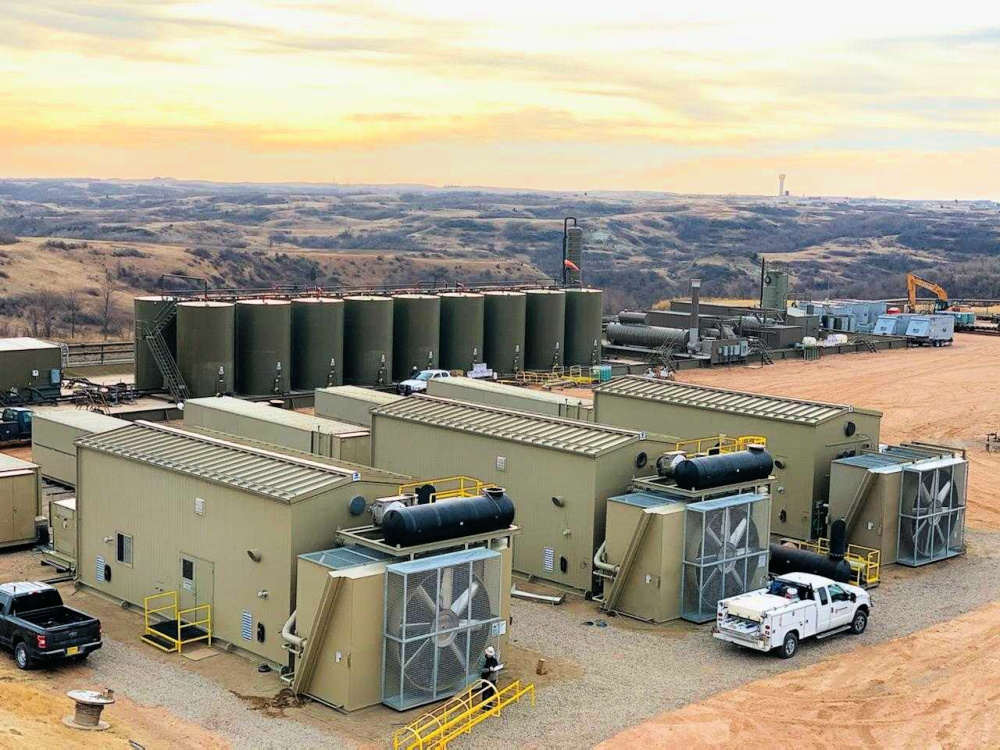
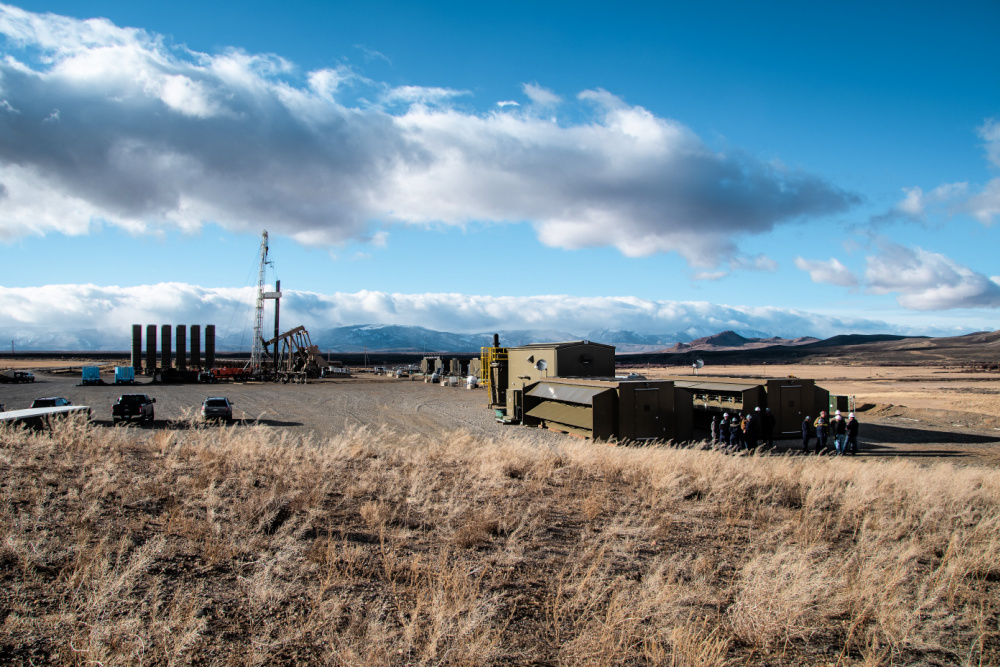
Currently, Crusoe has 86 DFM data centers throughout North Dakota, Montana, Wyoming and Colorado, which have the capacity to reduce an estimated 655,000 metric tons of CO₂-equivalent emissions per year. To date, they have prevented an estimated 2.5 Bcf of methane from being flared. Crusoe’s solution is highly scalable and is quickly expanding into new domestic and international markets. Crusoe has worked with operators of all sizes to deploy DFM systems that range from 2 MW to over 15 MW that can utilize millions of cubic feet of otherwise flared gas. In areas with multiple flaring well pads, Crusoe has developed a system of centralized delivery points to increase efficiency and reliability.
We have the technology and solutions needed to reduce methane emissions and stabilize the climate in an economical and beneficial way. As the energy industry works to address infrastructure constraints and meet increasing environmental standards around flaring and emissions, Crusoe is here to help.
About the author: Hui Wen Chan is Crusoe Energy Systems’ new head of sustainability.
Recommended Reading
Exclusive: Tenaris’ Zanotti: Pipes are a ‘Matter of National Security’
2024-04-12 - COVID-19 showed the world that long supply chains are not reliable, and that if oil is a matter of U.S. national security, then in turn, so is pipe, said Luca Zanotti, U.S. president for steel pipe manufacturer Tenaris at CERAWeek by S&P Global.
Exclusive: Sabine CEO says 'Anything's Possible' on Haynesville M&A
2024-04-09 - Sabine Oil & Gas CEO Carl Isaac said it will be interesting to see what transpires with Chevron’s 72,000-net-acre Haynesville property that the company may sell.
Exclusive: Liberty CEO Says World Needs to Get 'Energy Sober'
2024-04-02 - More money for the energy transition isn’t meaningfully moving how energy is being produced and fossile fuels will continue to dominate, Liberty Energy Chairman and CEO Christ Wright said.
Chesapeake, Awaiting FTC's OK, Plots Southwestern Integration
2024-04-01 - While the Federal Trade Commission reviews Chesapeake Energy's $7.4 billion deal for Southwestern Energy, the two companies are already aligning organizational design, work practices and processes and data infrastructure while waiting for federal approvals, COO Josh Viets told Hart Energy.
Exclusive: Calling on Automation to Help with Handling Produced Water
2024-03-10 - Water testing and real-time data can help automate decisions to handle produced water.

